Naoto Fukasawa’s imprint upon MUJI’s catalog runs deep, an influence that continues with the Japanese designer’s seat at the brand’s design advisory board. Fukasawa has returned to lend his distinct perspective to the “no-brand quality goods” brand, this time in form of a pair of battery powered 2-wheelers for one of the world’s most popular electric scooter manufacturers, Gogoro.
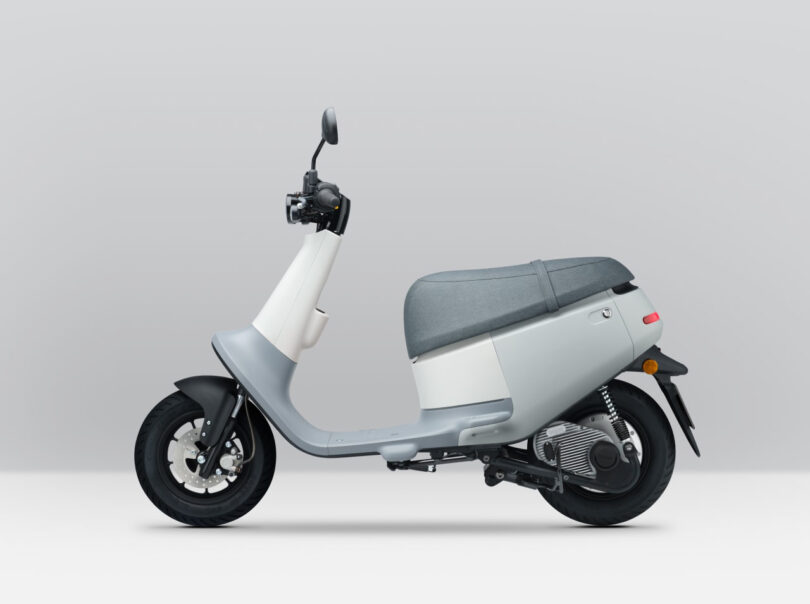
Created by Gogoro in partnership with MUJI, the Gogoro VIVA and Gogoro VIVA MIX were already available as two different smart scooter models available across Asia. Ideal for zipping through the narrow streets powered by battery rather than gasoline, the scooters offer a fast and economical means of transportation in cities where urban infrastructure rewards the fast and the furious.
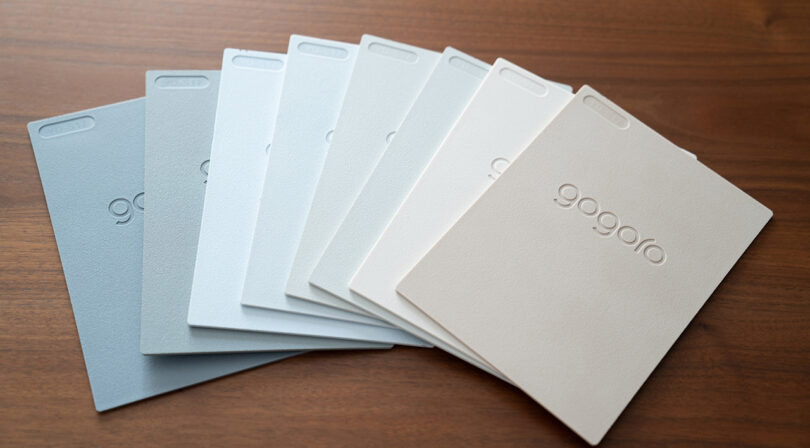
Tasked to impart classic MUJI design elements onto the existing scooter designs, Fukasawa styled the pair with a “rustic” and “simple color tone philosophy” distinctly and recognizable MUJI. The nature-hued palette of the Gogoro VIVA ME and Gogoro VIVA MIX ME realized in a range of light grays, blues, and beiges present a more serene impression distinct from Gogoro’s typically more boldly colored scooters.
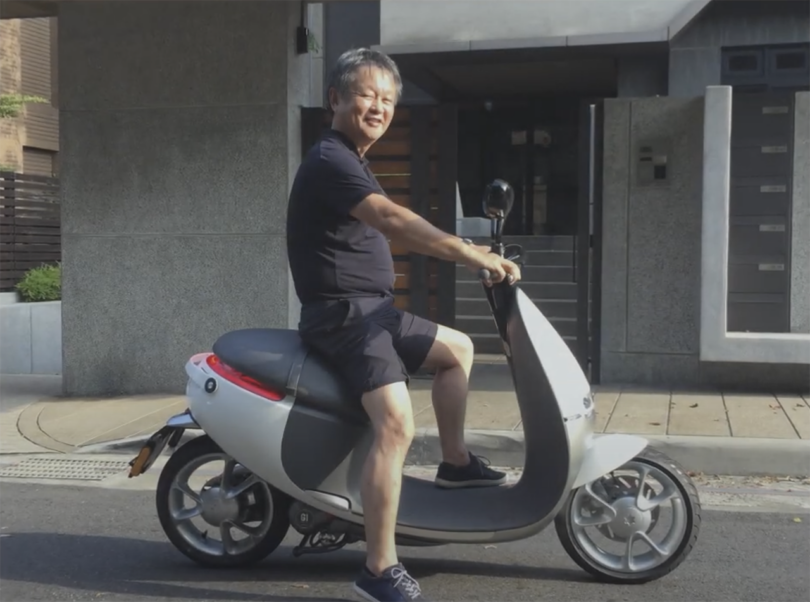
Naoto Fukasawa first experience with Gogoro electric scooters occurred while traveling in Taiwan, sparking the beginnings of a collaboration that grew from one design into an entire collection.
Sections of the scooters incorporate recycled polypropylene (PP), with any wasted PP materials generated during the vehicle manufacturing process gathered to be used again as a material source.
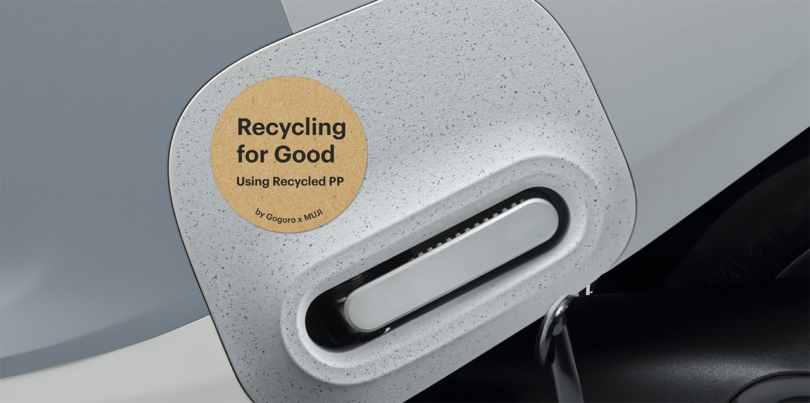
The new Gogoro MUJI Smartscooters are intended to show the public how recycled polypropylene plastics can be incorporated into everyday products when properly sorted and processed.
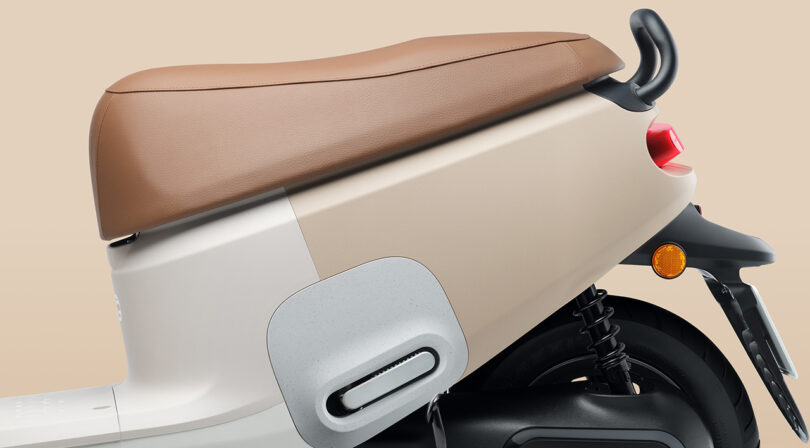
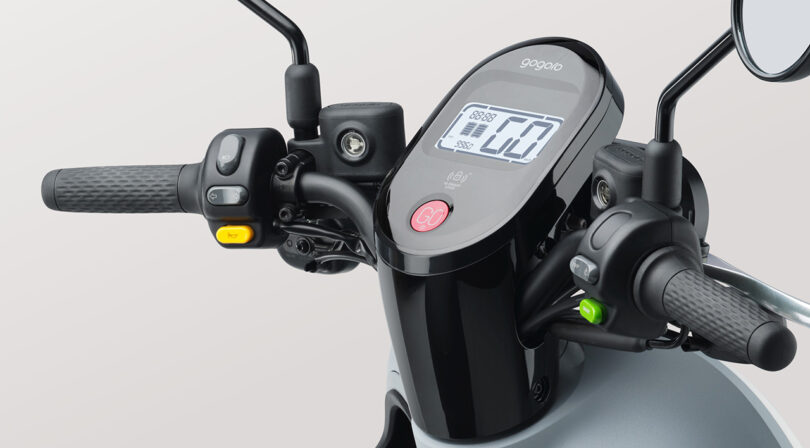

Fukasawa also curated a collection of accessories complementing the special edition scooters; part of Gogoro and MUJI’s larger “Recycling for Good” Sustainability Initiative.
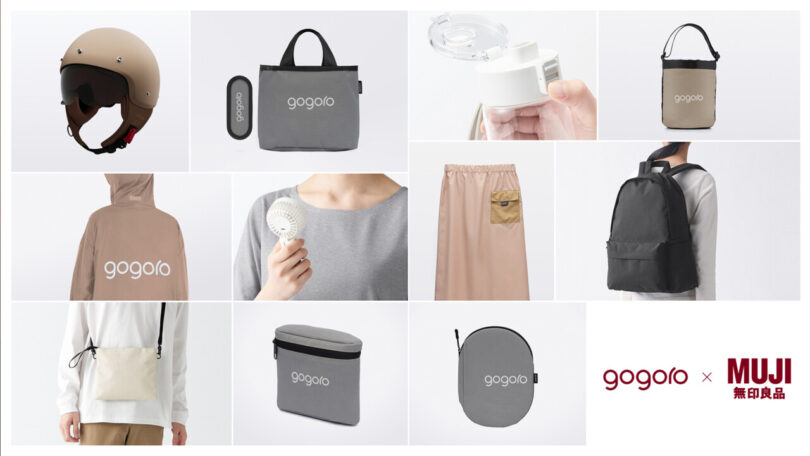
Beginning in 1991 with his now iconic MUJI Wall Mounted CD Player, continuing onto various objects as mundane as a broom for the Japanese homewares brand, his minimalist approach to functional design continues to resonate as everyday contemporary for everyone.
The collaboration also includes an entire merchandising strategy further strengthened by a MUJI-fied collection of scooter-focused accessories, including a helmet, backpack, various articles of Gogoro branded clothing, and even a small hand-sized personal electric fan.
The scooter isn’t Fukasawa’s first foray into mobility for MUJI. His work on the Sensible4 x MUJI GACHA, an autonomous shuttle bus with an adorably abbreviated silhouette and friendly front-facing display reveals the designer’s appreciation of various modes of mobility are required for urban dwellers to get around.

